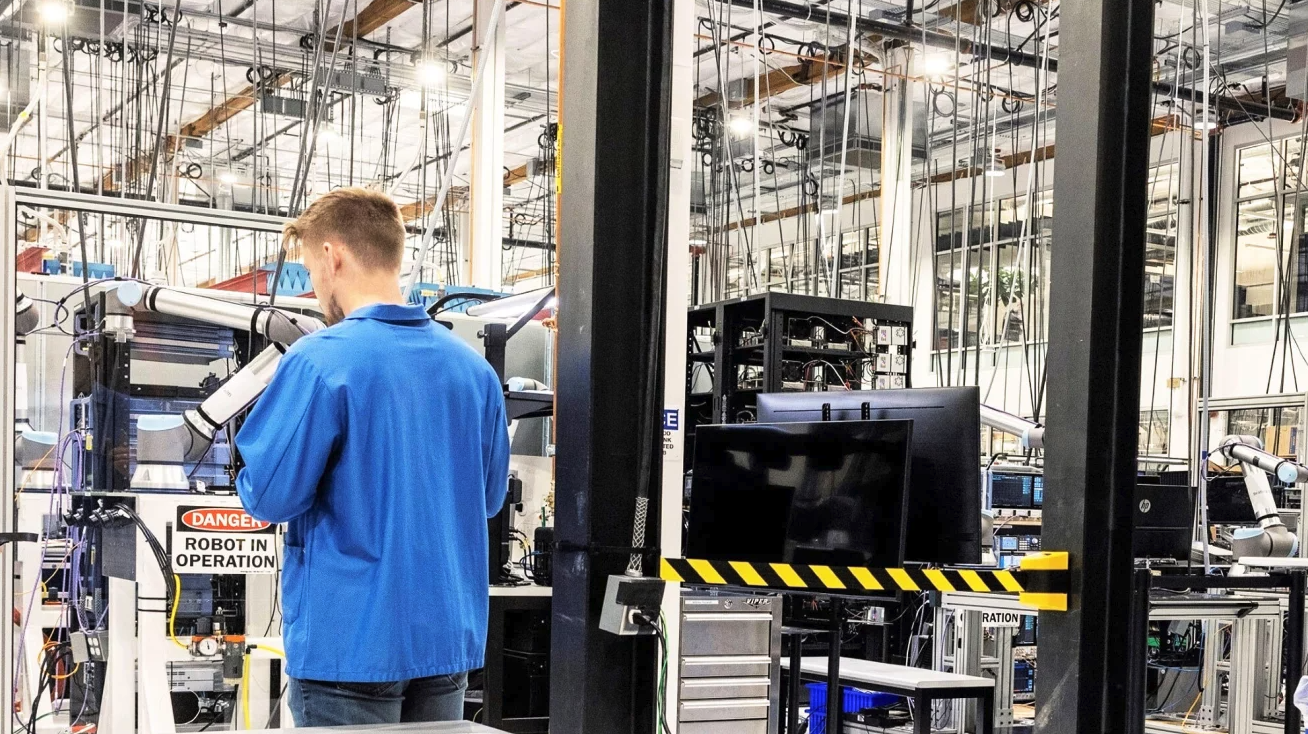Latest News

Amazon acquires a new 172,000-square-foot facility in Washington state for satellite production for Project Kuiper. Photo: Amazon
Amazon is ramping up activity on its Project Kuiper constellation, acquiring a new 172,000-square-foot facility in Washington state for satellite production.
The company is moving into the second phase of manufacturing Kuiper, preparing to manufacture one to three satellites each day — or more, said David Limp, senior vice president of Devices and Services at Amazon.
“We have to build manufacturing capabilities that look more like consumer electronics or automobiles and less like the traditional space industry,” Limp said, speaking Thursday in Washington Post Live interview with Post reporter Christian Davenport.
The new facility in Kirkland, Washington, is in addition to an initial 219,000-square-foot research and development facility announced in 2020. It will support Amazon’s plans for the 3,236-satellite constellation.
Limp emphasized that Amazon’s scale across cloud infrastructure and manufacturing will make Project Kuiper a success, despite the fact that it will compete with OneWeb and SpaceX’s Starlink constellations, which have hundreds and thousands of satellites already in orbit, respectively. He said Amazon will have to invest billions of dollars of capital before Kuiper sees material cash flow, and Amazon’s scale makes it one of the only companies that can tackle the issue of global broadband.
Limp said Amazon can build a much lower cost and efficient user terminal, and the current cost is under $400 for the bill of materials.
“The advantage to us was to be able to build a much lower cost, more efficient antenna,” Limp said. “We’re going to be building tens of millions of those. There’s 3,236 satellites, but there’s tens of millions of the things that go into people’s homes. By bringing that price down … that’s a big advantage for our architecture.”
He believes there are “hundreds and hundreds of millions” of potential customers for an affordable, global constellation, despite competition.
“There are hundreds of millions of customers around the world that don’t have access to great broadband. Each of these constellations … they are going to have a limited amount of bandwidth,” Limp said. “It’s a lot of bandwidth, but it is a limited amount of bandwidth. I think there’s plenty of room for two great constellations.”
Amazon has been relatively tight-lipped about Kuiper plans, but is starting to share more details after unveiling an initial antenna design in December 2020. Amazon said in Thursday blog post about the new facility that the company has more than 1,000 people working on the project across the U.S. including in San Diego, Austin, New York City, and Washington, D.C.
The first two prototype satellites are set to launch in early 2023 on United Launch Alliance’s (ULA) Vulcan Centaur rocket, and Amazon has secured up to 92 heavy-lift launches from Arianespace, Blue Origin, and ULA to launch the constellation.
“We didn’t greenlight our launch contracts, which were billions of dollars, until we had a satellite on a bench that seemed to be working and we had an antenna that seemed to be working,” Limp said. “I’ve never been more optimistic, because now you’re starting to see silicon light up, you’re starting to see the functionality light up, you’re starting to see manufacturing happening. That gives you more confidence that you’re on path to deliver the system.”
Limp also confirmed Amazon is “open” to talking with SpaceX about launching Kuiper satellites. The Falcon 9 rocket is on the “low end of capacity” needed for Kuiper launches, he said, but Falcon Heavy and Starship are “very viable candidates.”
Get the latest Via Satellite news!
Subscribe Now